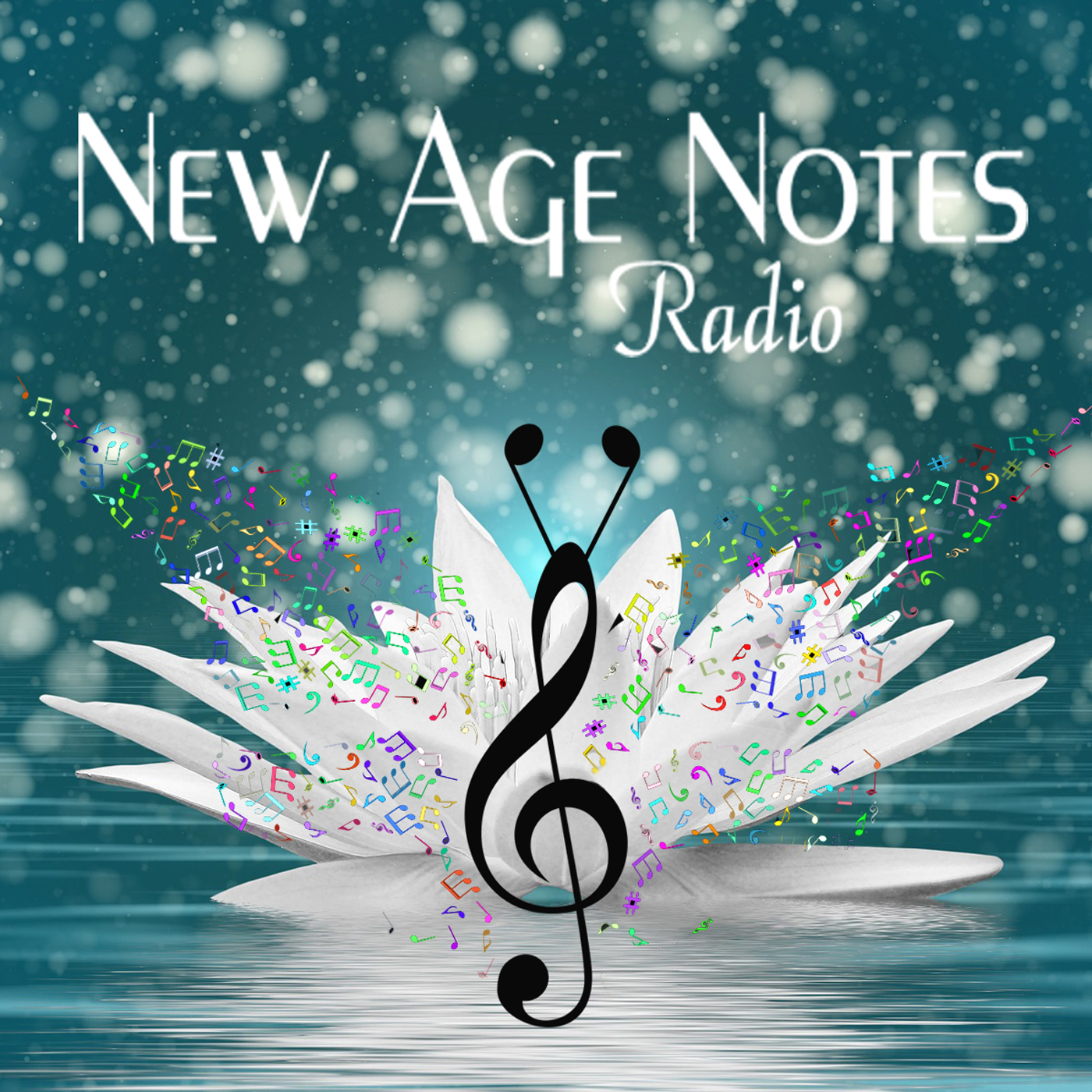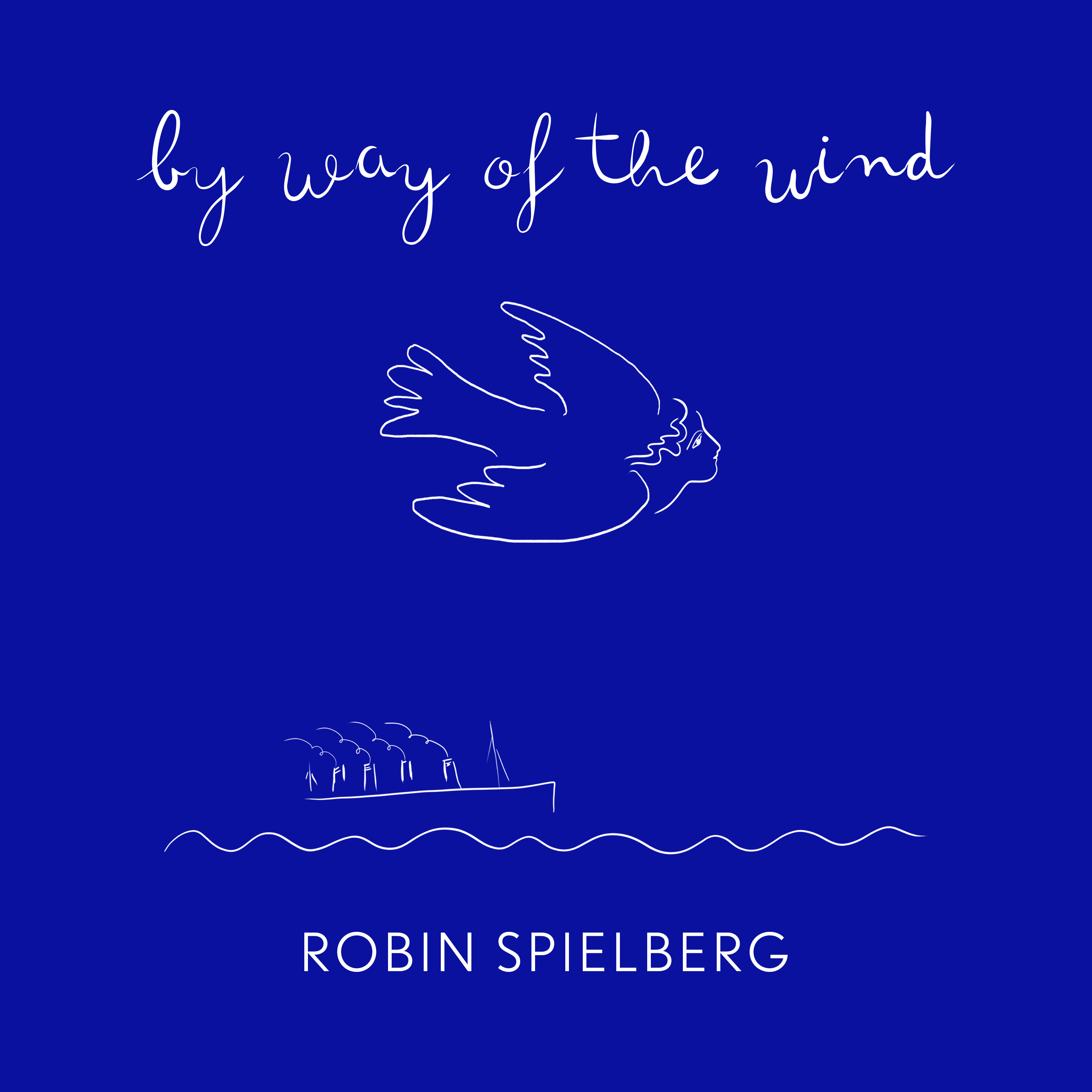 Okay. . . so, where did I leave off?. . .
Okay. . . so, where did I leave off?. . .
Oh, yeah. . .
It is up to us as creatives to carry the attitude of harmony that we pour into our creative musical works into everything we do. Wait, what? What did the Big Dumb Redneck just say? You want me to do what? Trust me, that was even deep for me, but let me say it again so that as we dissect my thoughts behind that statement, it should hopefully be one of those “A-HA” moments we live for as carbon-based lifeforms. Again, I say, it is UP TO US as creatives to carry the attitude of harmony in our creative works into everything we do. It is up to us to put ALL our passion, soul, and mind into that which we create, to help transport others into their own imagination. We, in turn, then MUST put that same amount of our passion, soul, and mind into the business portion of our careers as artists, as well as our general place in humanity, if we truly desire to be successful within this mind-boggling industry.
Have I got you wondering now? Good. . .
First, let me start by saying that my perspective on the music industry might be a little extreme at times for the New Age genres of music but, I think you’ll get it. You see, for nearly four decades, I was immersed in what society has deemed the more “accessible” music genres. Translation: Easily sold to the masses for enormous sums of money and easier to put on a T-shirt. That last part as we all know is where the actual profit in the industry comes from, unfortunately. I don’t say this to be cynical or some form of naysayer. I’d be a hypocrite if I did, since the artist that I am most associated with to this date – even though I’ve not done his gig for 20 years – had his entire career made by one of the most “accessible” two-chord songs ever penned. Did I cash that check? You bet your sweet potato I did. Two Chords. . .Two Times. . .equaled One House Payment.
So, what in the world does all of this have to do with New Age music? Well gang, as mentioned in my last article, I have witnessed it all, and I am at a stage of my career where it is my absolute passion to pass on what I have learned to anyone who can benefit. Now, to some people, I may be a little abrupt in my delivery of this information at times. Hence, why I try to toss in a good Southern anecdote once in a good while, but to be honest, if I am perceived as the Simon Cowell of New Age music due to some abruptness, yet I helped to inspire you, then I’m quite okay with that too. I’ll stop rambling now and get back to where I was going.
As creatives, we tend to strive for some form of what I would call “transcendence” in our creative works. WE have an idea in our head. We then search for the right mix of styles. We may even reach out to other artists so that they can put their own particular twist on it. We are striving to transcend. This is particularly true in New Age music. Think about it. . . we are the genres that are always exploring, always reaching for something new. We are taking what has been done and transcending it into the unknown, while taking with us some elements of the known. We do this as artists in an endless creative search for something that will inspire us, and, hopefully, our listeners as well. It is part of what drives us to keep going, to make that extra pot of coffee and to push ourselves to our creative limits. It is our story, our passion, and our drive for excellence. And then we have it: A piece of art that has crossed all our inner possibilities, to release to the world, and we just know it will resonate.
And then a gut-wrenching punch to all that we are happens. . .our art does NOTHING. You then ask yourself, “What went wrong?” I’ll tell you very clearly what happened, and it is the one mistake I hear constantly from countless artists, aspiring composers, producers, you name it. You stopped transcending when the artistic process was done. Sorry, my fellow creatives, that’s just the beginning of the transcendence process.
The greatest struggle that almost every artistic mind I have ever known has had to deal with is how to transcend the creative mind to the business mind. It is not really something that is natural for most creatives and partially for this reason: It’s just not really that much fun or inspiring. It’s really not. Honestly, it’s a pain in Ye Olde Backside 99% of the time, but I am here to tell you something. YOU can effectively transcend.
If you want to inspire potential receivers of your art and help them reach that inspirational space you intended for them, you MUST put the work in now and this is where the transcendence truly kicks in. You can’t just be traditionally business savvy anymore either. It’s a lot more than just uploading your music and posting its release on your social media. EVERY artist does that. What makes you any different? ALL of us must now get just as creative with our business model as with our artform. Did you get that? That’s the gold nugget. . .we HAVE TO get just as creative as our artform so that it TRANSCENDS from its intended purpose and is actually received by our intended audience.
For each of us, this is going to be different, but the purpose of all this babble is to get you to think about it. It is going to suck at times. It is going to be frustrating. It is also going to pay off if you commit to making it a part of your creative process. I know it will. I’ve done it, reinvented myself and done it again, and I’m doing both of those last two again right now.
Do NOT give up, and instead, transcend what you know into what you don’t know and let your creativity flow in that realm. Be just as inspired and creative with how you get your art to your audience. Be deliberate, unorthodox, and fearless. Be all those things that already make you YOU. Transcend, my friends, and you will reach a new level of inspiration you have yet to realize.
_____
 Sean O’Bryan Smith is an award-winning film composer, author, producer, and recording artist. As a musician, he has recorded and/or performed with over 100 major and independent recording artists worldwide in multiple genres.
Sean O’Bryan Smith is an award-winning film composer, author, producer, and recording artist. As a musician, he has recorded and/or performed with over 100 major and independent recording artists worldwide in multiple genres.
Sean originally emerged onto the new age/world scene in 2012 while on the Australian record label Wolf Entertainment. His single “Rain” from the album “Tapestry” became an international jazz/new age crossover hit. The album also included the single “Vashon” which was featured on multiple new age stations overseas. These ventures into the genre continued when a number of Sean’s original compositions from the Indian motion picture Mrigtrishna were heavily featured on a collection of ambient/new age works in India.
As an author, Sean’s regular columns have been published in numerous musical periodicals and he was a contributing author alongside Gene Simmons and Nile Rodgers for a series of books dedicated to the ins and outs of the music industry. Sean’s music continues to be heard across the globe on radio, film, and television. He is currently composing, recording, and producing from his home in South Florida as well as serving as Director of Artist Development and Relations for Wayfarer Records where he is also an Artist in Residence.


